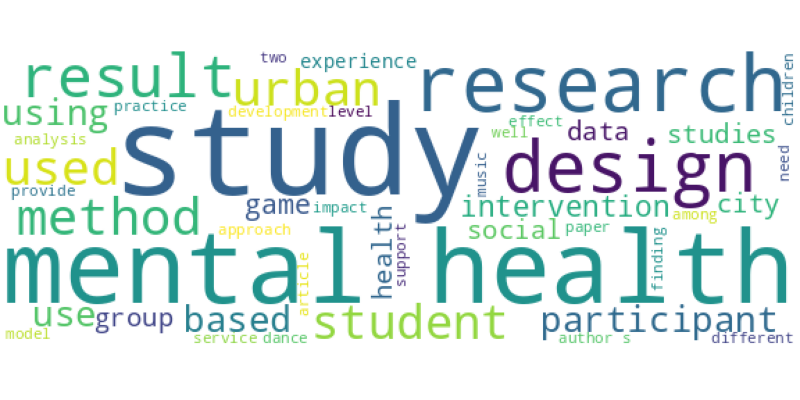| Id | 2806 | |
| Author | Huang J.; Reitberger R.; Banihashemi F.; Lang W. | |
| Title | A novel risk-based design framework for urban heat island: A case study of Kempten, Germany | |
| Reference | Huang J.; Reitberger R.; Banihashemi F.; Lang W. A novel risk-based design framework for urban heat island: A case study of Kempten, Germany,Building and Environment 228 |
|
| Link to article | https://www.scopus.com/inward/record.uri?eid=2-s2.0-85143852253&doi=10.1016%2fj.buildenv.2022.109671&partnerID=40&md5=7129493141692b10003a44a2f5d83cf2 |
|
| Abstract | Studies on the urban heat island (UHI) effect have increased over the past decades, mainly focusing on topics such as thermal comfort, building energy, and sensitivity studies. However, there is currently a research gap in the development of risk-based design criteria for UHI. This paper proposes a novel risk-based UHI design criteria using heat-related mortality risk. The design criteria was developed based on the annual hottest seven-day mean temperatures. Frequency-consequence curves (or F–N curves) were used to quantify tolerable levels of societal risk. Exposure-response relationships for temperature and mortality for southern Germany were also used to determine the heat-related mortality rate. The heat-related mortality rate was used with the F–N curves to obtain a maximum allowable UHI intensity (UHII) for several risk scenarios. This allowable UHII was compared to the actual 50-year UHII for a residential district in Kempten, Germany. The Urban Weather Generator was used to model the UHII. If the actual UHII did not exceed the allowable UHII, the analyzed area was considered adequate. The 50-year UHII of the study area was 0.17 °C. The calculated allowable UHII ranged from 0.3 °C–13.2 °C. Therefore, the study area was adequate for all risk scenarios that were considered. This research lays the foundation for decision-makers and urban planners to incorporate more precise design targets in a number of applications from planning new developments to mitigation of UHI in existing urban areas. © 2022 |
|
| Keywords | Germany; Atmospheric temperature; Population statistics; Thermal pollution; Urban planning; Design criteria; Extreme heat; F-N curves; Heat mortality; Heat-related mortalities; Mortality rate; Risk-based design; Risks scenarios; Urban heat island; Urbanization; design; extreme event; health risk; heat island; mortality; urbanization; Risk perception |
Wordcloud:



